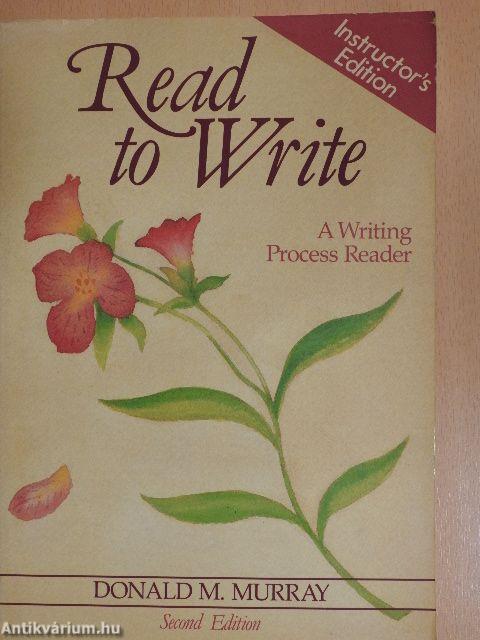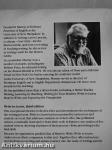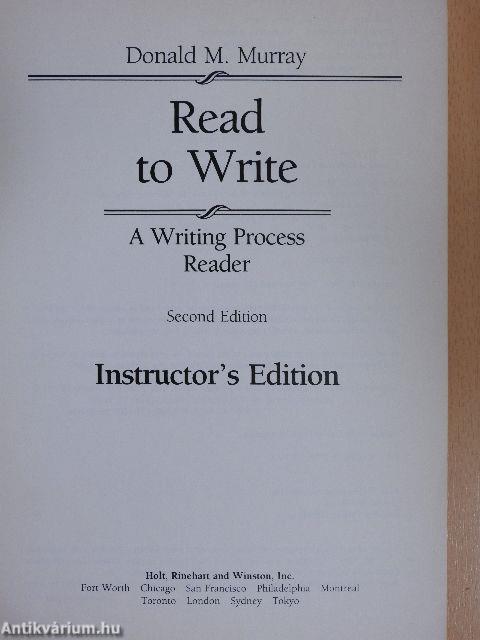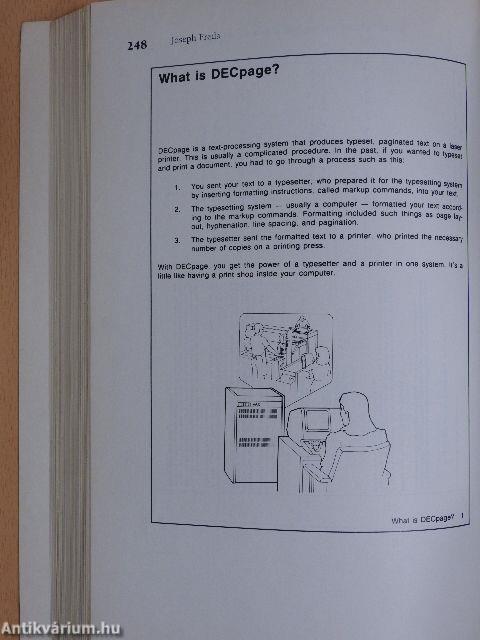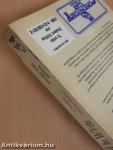1.059.405
kiadvánnyal nyújtjuk Magyarország legnagyobb antikvár könyv-kínálatát

VISSZA
A TETEJÉRE
JAVASLATOKÉszre-
vételek
Read to Write
A Writing Process Reader/Instructor's Edition
| Kiadó: | Holt, Rinehart and Winston, Inc. |
|---|---|
| Kiadás helye: | Fort Worth |
| Kiadás éve: | |
| Kötés típusa: | Ragasztott papírkötés |
| Oldalszám: | 530 oldal |
| Sorozatcím: | |
| Kötetszám: | |
| Nyelv: | Angol |
| Méret: | 23 cm x 16 cm |
| ISBN: | 0-03-030799-6 |
| Megjegyzés: | 2. kiadás. Fekete-fehér illusztrációkkal. |
naponta értesítjük a beérkező friss
kiadványokról
naponta értesítjük a beérkező friss
kiadványokról
Előszó
TovábbFülszöveg
Donald M. Murray is Professor Emeritus of English at the University of New Hampshire. In addition to writing a novel, poetry, a column-Over Sixty-ior the Boston Globe, and texts on writing or teaching writing, he also serves as writing coach for the Boston Globe.
As a journalist, Murray won a number of awards, including the Pulitzer Prize, for editorial writing on the Boston Herald in 1954. He was also an editor of Time and a full-time writer in New York City before entering the academic world. At the University of New Hampshire, Murray served as director of Freshman English and as English Department chairperson. He twice won awards for his teaching.
He has published more than a dozen books, including A Writer Teaches Writing, Learning by Teaching, Writing for Your Readers, Write to Learn, Read to Write, and Expecting the Unexpected.
Write to Leam, third edition
This exceptional rhetoric both describes and demonstrates the techniques of the writing process. Write to Leam has... Tovább
Fülszöveg
Donald M. Murray is Professor Emeritus of English at the University of New Hampshire. In addition to writing a novel, poetry, a column-Over Sixty-ior the Boston Globe, and texts on writing or teaching writing, he also serves as writing coach for the Boston Globe.
As a journalist, Murray won a number of awards, including the Pulitzer Prize, for editorial writing on the Boston Herald in 1954. He was also an editor of Time and a full-time writer in New York City before entering the academic world. At the University of New Hampshire, Murray served as director of Freshman English and as English Department chairperson. He twice won awards for his teaching.
He has published more than a dozen books, including A Writer Teaches Writing, Learning by Teaching, Writing for Your Readers, Write to Learn, Read to Write, and Expecting the Unexpected.
Write to Leam, third edition
This exceptional rhetoric both describes and demonstrates the techniques of the writing process. Write to Leam has been praised by instructors and students as a text that addresses students as writers who, like published writers, continually learn and re-learn their craft. It features case studies of five student writers, showing all phases of their process-from prewriting to the final draft.
Because its organization parallels that otRead to Write, Write to Leam makes an excellent companion to that text. Togetlier they offer instructors and students an exciting and unique journey into the study of writing and the writing process. Vissza
Témakörök
- Idegennyelv > Idegennyelvű könyvek > Angol > Pedagógia
- Idegennyelv > Idegennyelvű könyvek > Angol > Nyelvészet
- Pedagógia > Tantárgypedagógia > Idegen nyelv > Angol
- Nyelvészet > Idegen nyelvek > Tanulása
- Nyelvészet > Kommunikáció > Írás > Egyéb
- Nyelvészet > Nyelvművelés > Nyelvhasználat
- Idegennyelv > Nyelvtanulás > Nyelvek > Angol > Gyakorlatok



